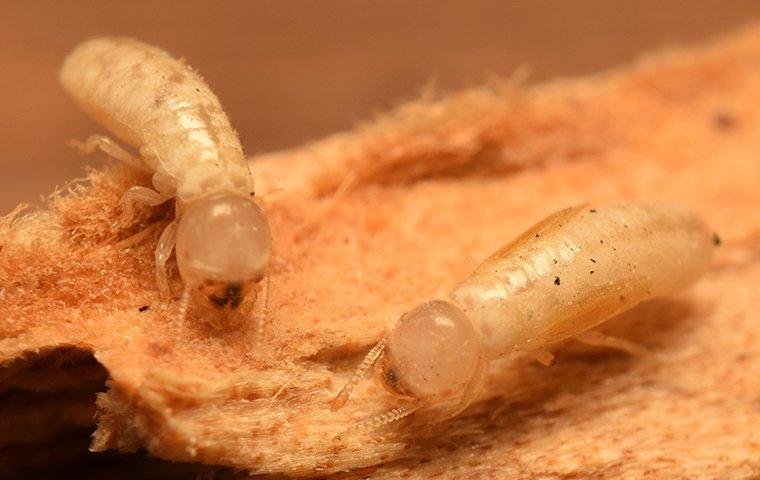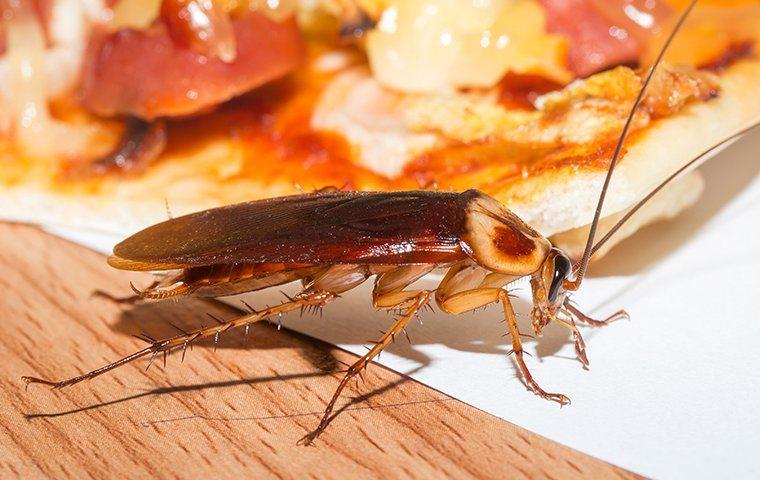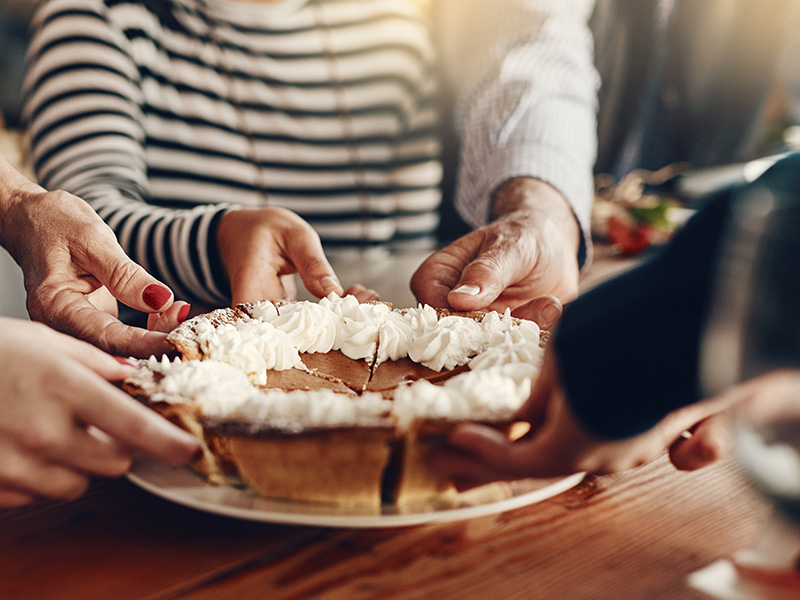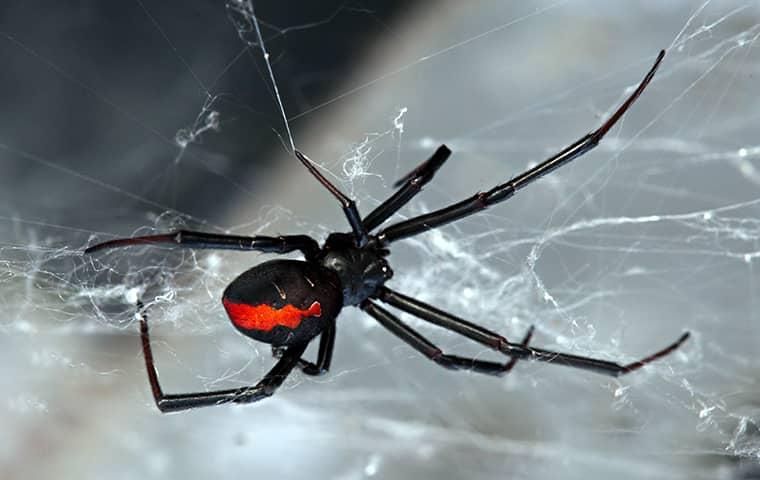Signs You Could Be Dealing With Drywood Termites In Jacksonville
Jul 3, 2022
Home and business owners in the Jacksonville area are no strangers to the effects of pests. One of the most dangerous of these includes the drywood termite, a wood-eating pest that can consume wood 24/7 without even stopping to rest.
If your Jacksonville property faces a drywood termite infestation, the sooner you locate the source, the better your outcome. But where do you begin? And how often will you need to treat drywood termite infestations?
Let's start by taking a closer look at our enemy's behavior.

Drywood Termite Habits and Behavior
In order to understand how to deal with infestations, it's important to familiarize yourself with drywood termite habitats, behaviors, and preferences. Drywood termites live in colonies that range from several hundred individuals to several million. Unlike subterranean termites, these creatures will build their colonies directly inside the wood they eat. The winged reproductive termites called 'alates' will start new colonies during the late spring, while the immature termites forage for food to feed the queen. They are protected by the colony's 'soldier' caste, recognized by their enlarged heads and mandibles.
Drywood termites prefer dry wood as a food source and are less likely to be found around damp or waterlogged structures. This difference is how homeowners can identify drywood termite signs early on.
Little Known Signs Of Drywood Termites
There are a few telltale signs you could be dealing with drywood termites in Jacksonville, FL. One of the most common is finding discarded wings near windows and doors. Termites will discard their wings after they swarm to start new colonies; finding wings near the entry points of your home could point toward a nearby infestation.
Another sign of a drywood termite problem includes small holes in wooden surfaces that are approximately the size of a needle. These are usually surrounded by a thin layer of sawdust, also known as 'frass.'
The final (and most ominous) sign of a drywood termite infestation is direct damage to walls, floors, or ceilings. These may appear to have patches of water damage or may 'bow out' as though collapsing.
If you notice these signs, it's important to contact a professional pest control company like Lindsey Pest Services right away.
How Often Should You Treat A House For Drywood Termites?
Drywood termites are a serious problem, and you should treat them as soon as possible. Depending on the severity of the infestation, your home may need treatments as often as every three months. However, it's important to work with a professional to get an exact treatment plan that meets your needs.
For more information on how to get rid of drywood termite infestations, please call Lindsey Pest Services at your earliest convenience.
Action Plan For Treating Drywood Termites In Jacksonville
Drywood termite problems are a huge problem in the Jacksonville area. If you think an infestation may be nearby, it's important to seek expert help from a local pest control provider.
Rely on Jacksonville pest control that matters with professional termite programs from Lindsey Pest Services. Call today to inquire about a new treatment or request a quote. We always look forward to serving you with the best termite control in Jacksonville and beyond!












